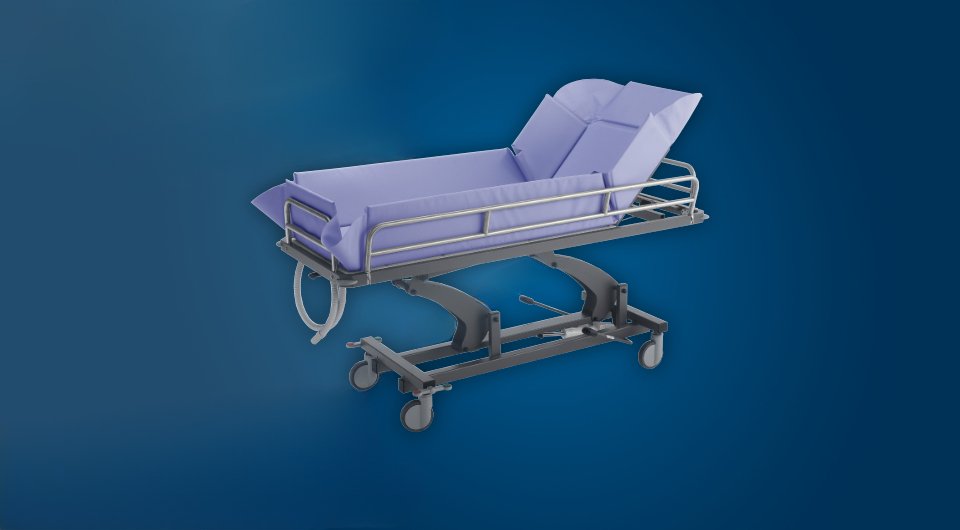MHRA is the Medicines and Healthcare products Regulatory Agency that regulates medicines, medical devices, and blood components for transfusion in the UK.
In August 2023, new guidelines have been released by the MHRA regarding use of siderails, due to continued reports of death and serious injuries sustained by service users. MHRA guidelines have been in place since 2017, but as expected, the recent advice has expanded to include more equipment than before.
How do you ensure that your equipment complies with the latest guidance?
1. Who does it apply to?
It applies to all stakeholders – Acute and Community healthcare organisations, care homes, equipment providers, Occupational Therapists, and early intervention teams.
2. Familiarise yourself with the BS standards
There are two British Standards relating to siderails, the first covering provision for adults, and second for children and adults with atypical anatomy.
- BS EN 60601-2-52 – is the standard for adult beds.
- BS EN 50637 – is the standard for medical beds and cots for children and adults with atypical anatomy (a physical size less than 146 cm, mass less than 40kg or a body mass index of less than 17).
Read the MHRA regulatory guidance publication with updates to the above BS standards on pages 25 to 27.
Here are the links and charts showing the recommended dimensions for both client groups:
- Adults: View the MHRA bed charts.
- Children and adults with atypical anatomy: View the MHRA bed charts.
- Further information and updates from HMRA on siderails can be found on the government website.
Please ensure that you regularly check all related links to get the most up-to-date information on this issue.
3. What equipment is included?
The guidelines now extend to more equipment - medical beds, bariatric medical beds, trolleys, independent bed rails, grab handles and lateral turning devices.
4. Risk assessment of existing equipment
Where siderails are in place, it’s important to risk assess their suitability for the service user. There are actions that you can take if you feel the current siderails are not suitable, for example, if the gaps are wider than stipulated by MHRA, sometimes a siderail cover or padding can be a good solution.
- Priority for risk assessments should be given to children and adults with atypical anatomy.
- In some cases, there may be clinical reasoning for using a non-compliant piece of equipment, but this should always be documented, and steps noted for reducing risk to the service user.
- Risk assessments should be updated regularly and have a system in place to ensure this is done.
- Take a look at this MHRA example risk assessment checklist - adults
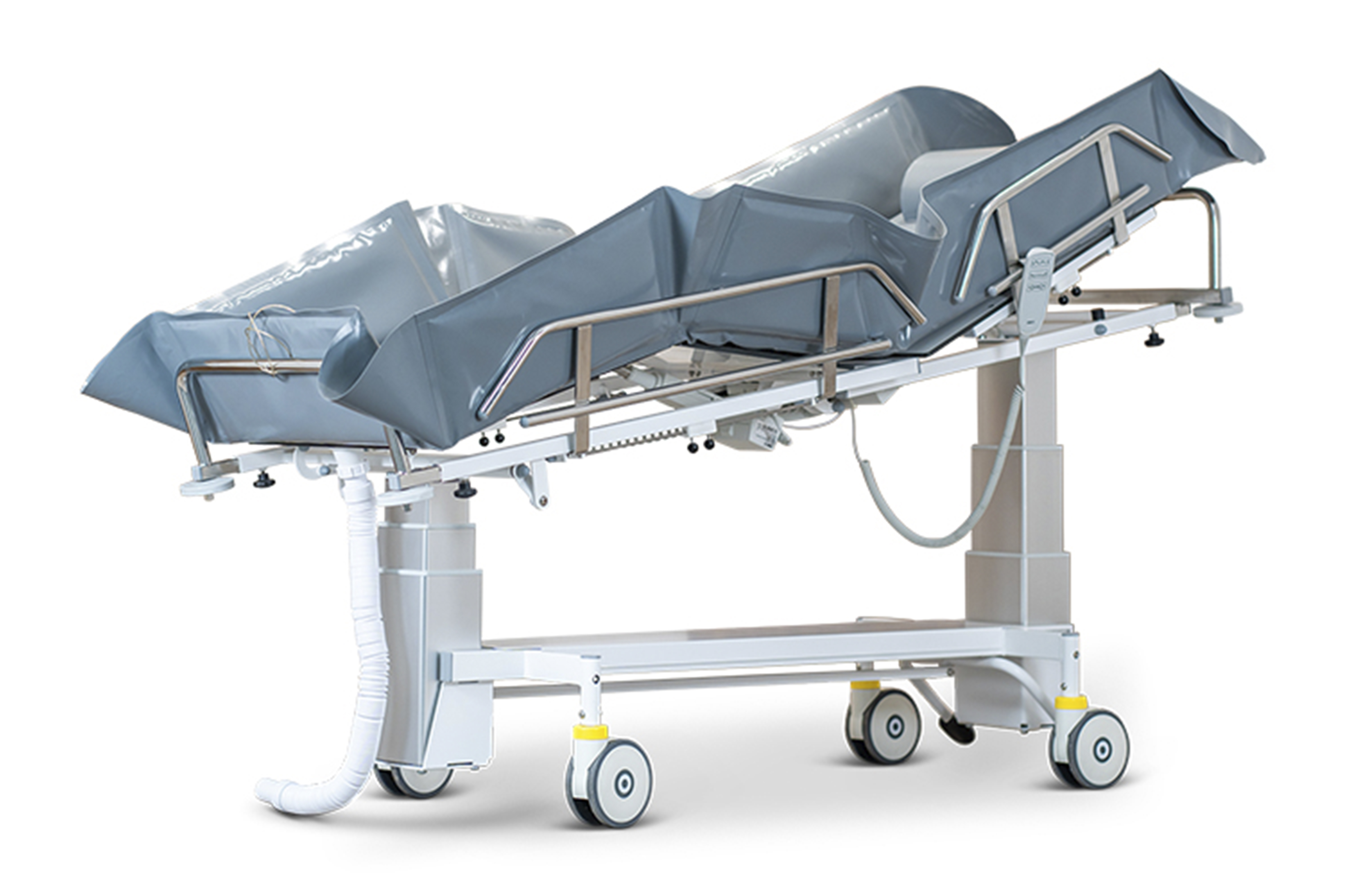
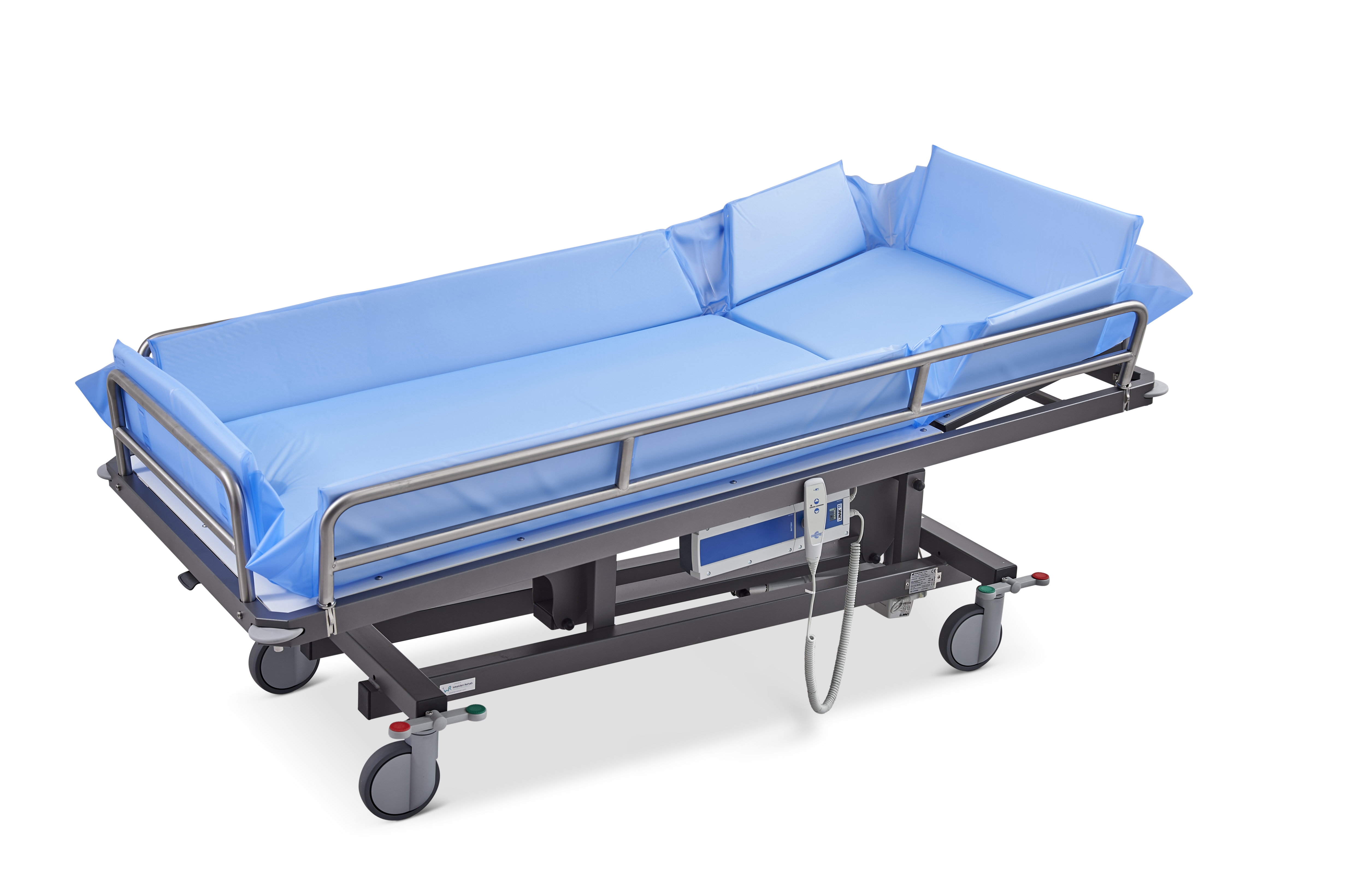
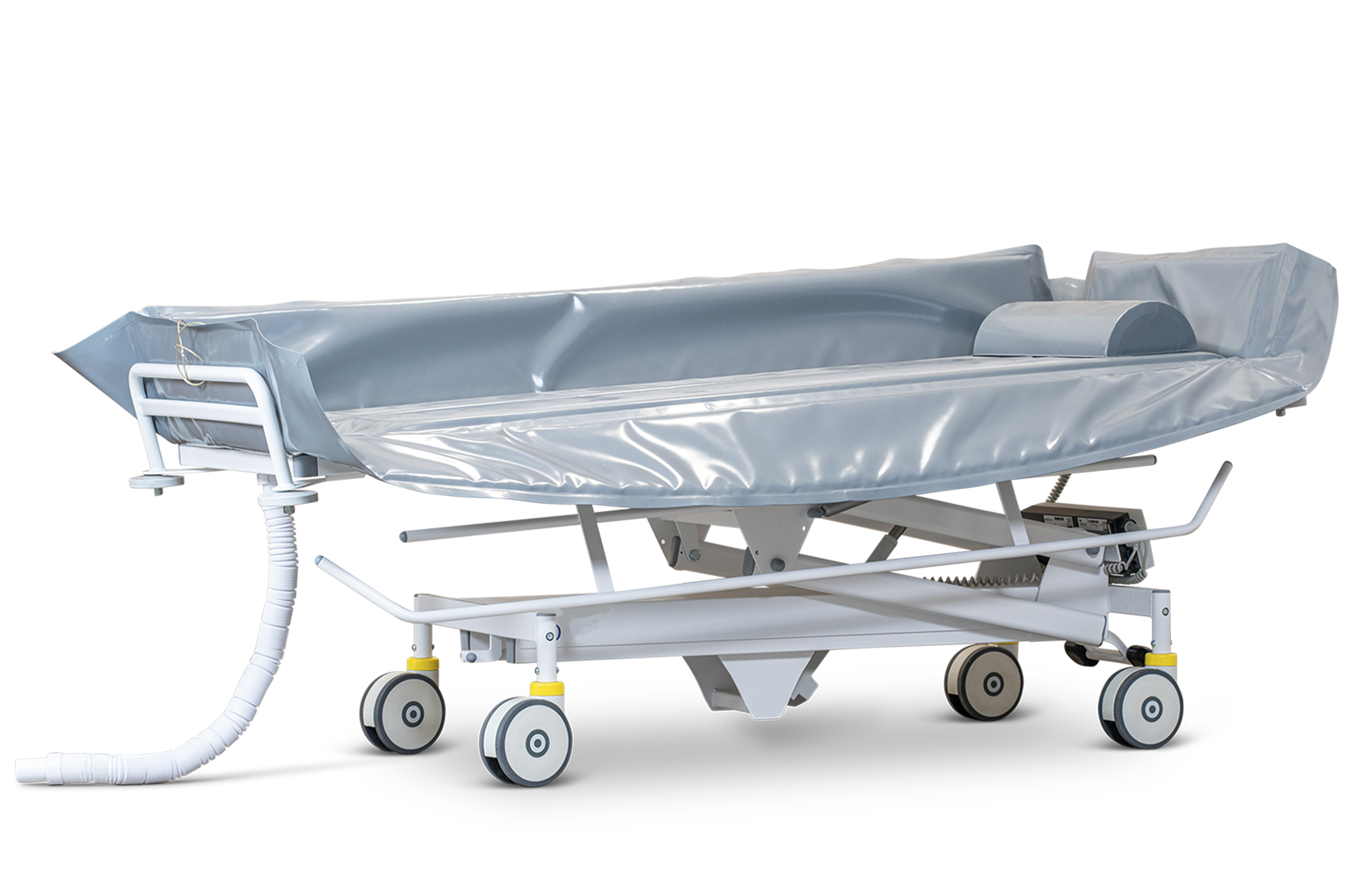
5. When will our equipment need to be compliant and/or risk assessments completed?
The new guidelines request that reviews are done as soon as possible but are complete by 1st March 2024.
6. Use a trusted provider for your equipment
Where equipment is already in place, it’s the responsibility of the service provider to ensure that it complies with new guidelines. However, if you risk assess the equipment and decide replacement is the best option, working with a supplier that understands the new guidelines is essential; at Wealden Rehab, we’ll always make sure that the equipment supplied will meet regulatory requirements and is safe to use.
If you have any questions, please contact the Wealden Rehab sales team who’ll be happy to assist you.

Latest Blog Posts
Seasonal opening times 2025/26
2025 Holiday Season Update - Our team are here for you but we will be taking a break between the 24th December and 2nd January 2025.

New Shower Chair Innovation
Experience Wealden Rehab’s new shower chair innovation at the OT Show 2025
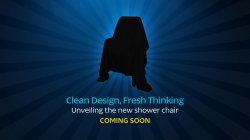
Responsive Care Equipment Supplier Across the UK
Supporting hospitals and care providers in unsettling times ...

NAEP Conference 2025
Meeting Occupational Therapists, Commissioners and Exploring Bariatric and Paediatric Solutions

Our Seasonal opening times 2024/25
Our team are here for you but we will be taking a break between the 24th December and 2nd January 2025.

Can a RAZ shower chair rust?
Get an in-depth look at the RAZ shower chair range and the protective features that make them built to last



